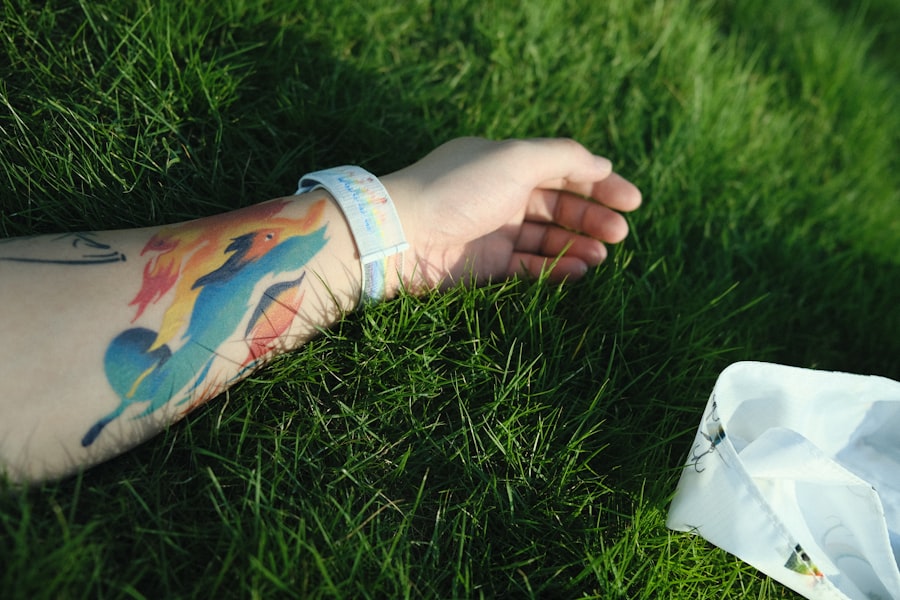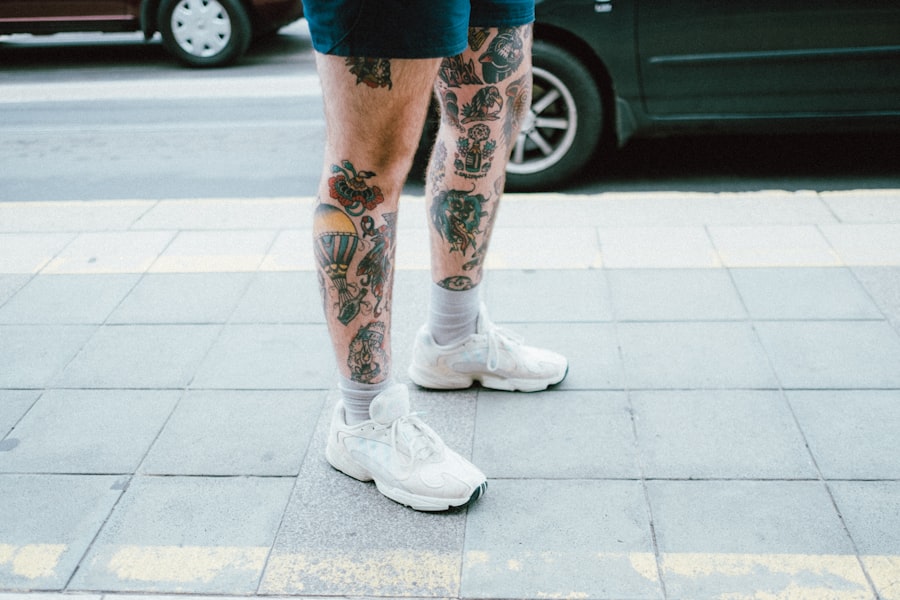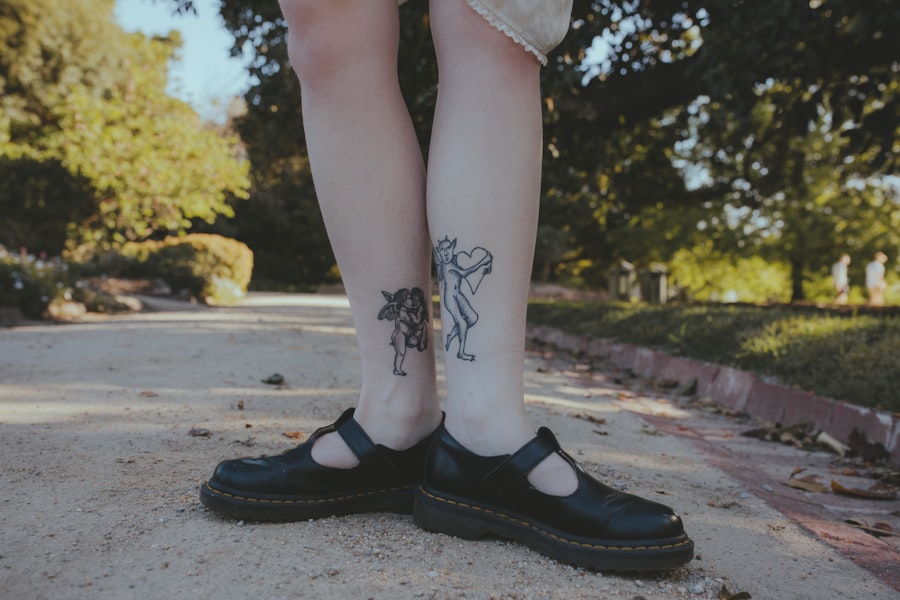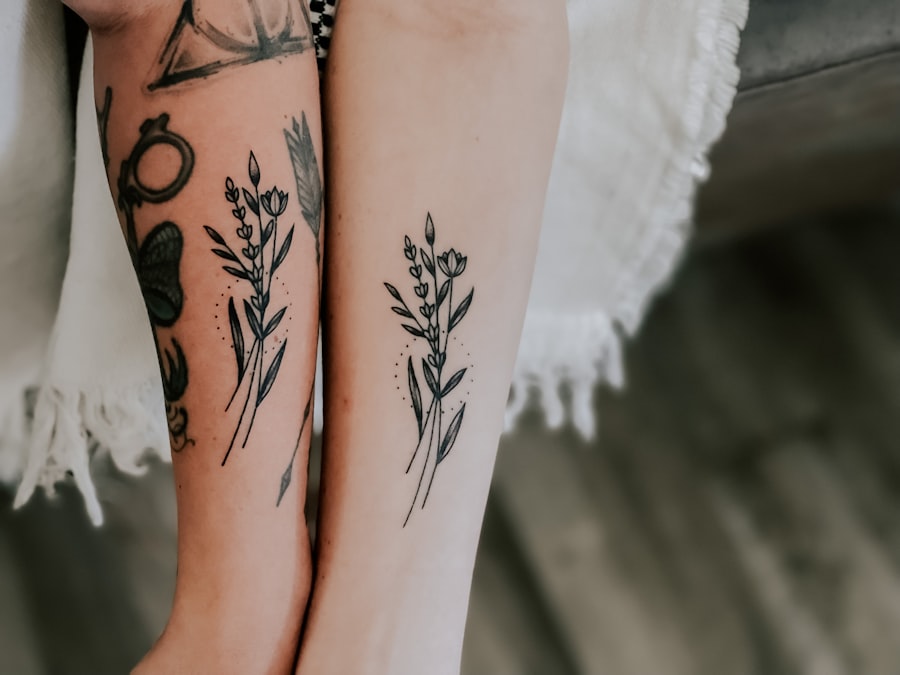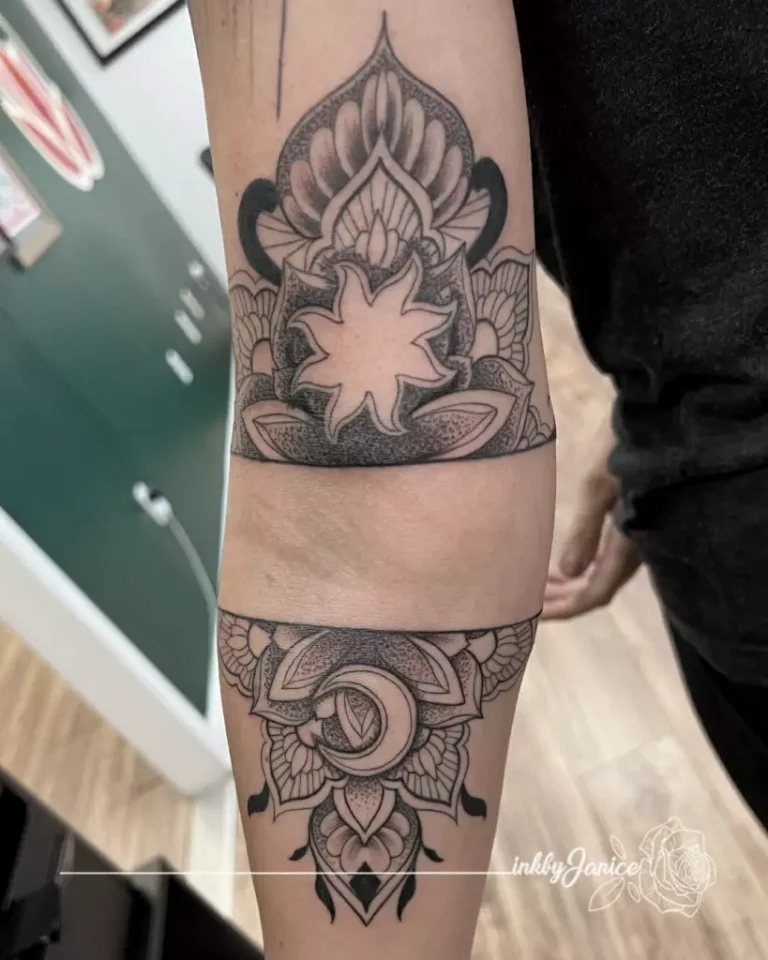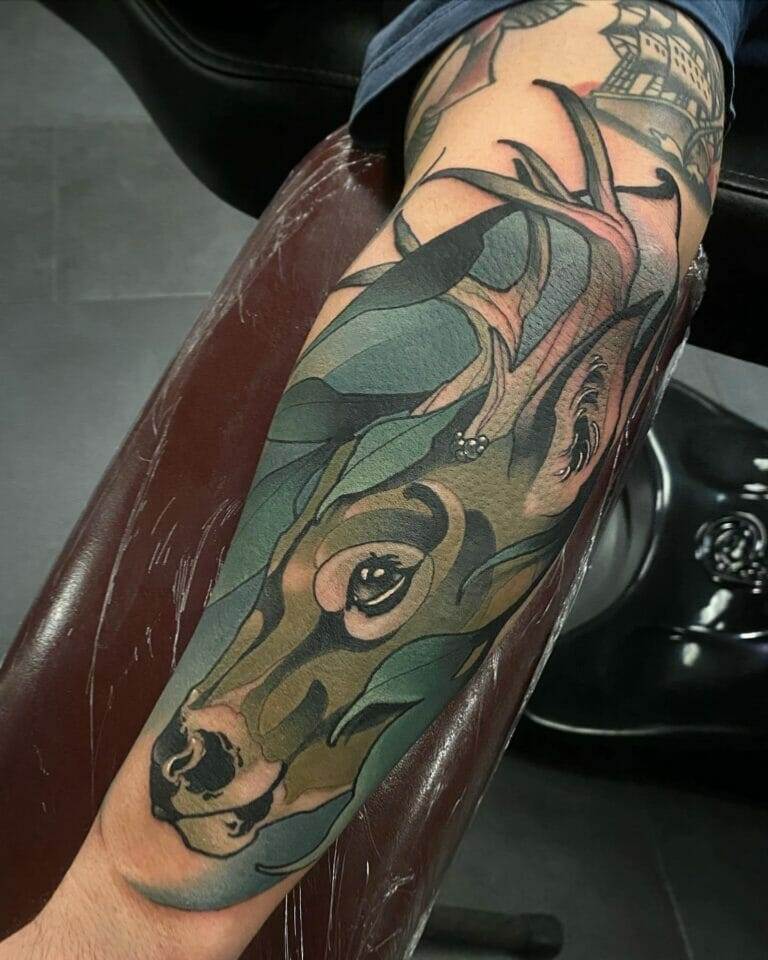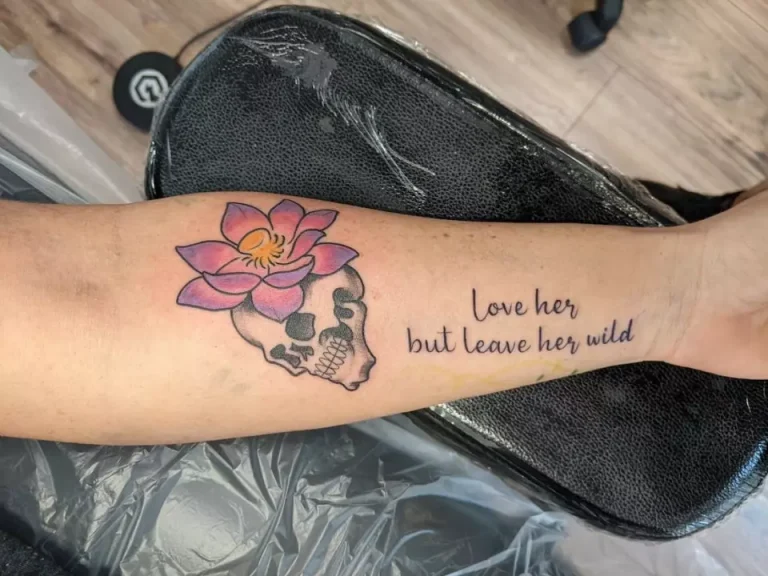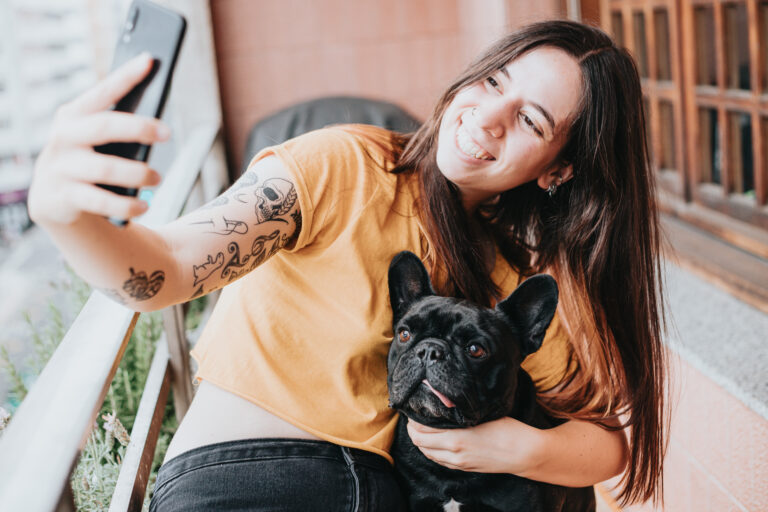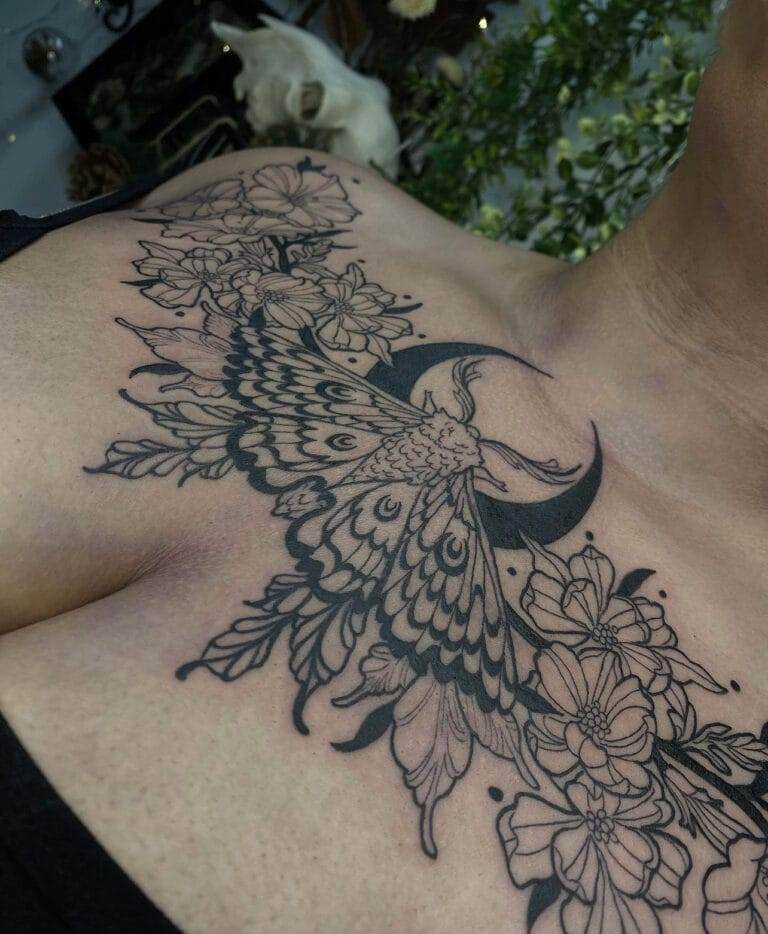When it comes to photographing healed tattoos, lighting plays a pivotal role in showcasing the intricate details and vibrant colors that define the artwork. Natural light is often the best choice, as it provides a soft and even illumination that can enhance the textures and contours of the skin. Shooting during the golden hour—shortly after sunrise or before sunset—can create a warm glow that adds depth to the images.
This time of day allows for a more flattering representation of the tattoo, as the light is diffused and less harsh than during midday. Photographers should experiment with different angles to see how the light interacts with the tattoo, as this can dramatically change the overall effect. In addition to natural light, artificial lighting can also be utilized effectively.
Softbox lights or ring lights can provide a controlled environment where shadows are minimized, allowing for a clearer view of the tattoo’s details. When using artificial lighting, it’s essential to avoid direct flash, which can wash out colors and create unflattering reflections on the skin. Instead, diffusing the light source can help create a more balanced exposure.
By carefully adjusting the intensity and angle of the light, photographers can highlight specific elements of the tattoo, drawing attention to its artistry and craftsmanship.
Key Takeaways
- Use directional lighting to capture the details and textures of healed tattoos
- Choose a background that contrasts with the tattoo to make it stand out
- Props such as jewelry or accessories can enhance the overall composition of the healed tattoo photography
- Editing can be used to enhance colors and details of the healed tattoo images
- Experiment with different angles to highlight the healed tattoos in unique ways
- Incorporating models can add a personal and unique touch to the healed tattoo photography
- Natural light can create a soft and flattering look for healed tattoo photography
- Use hashtags and engaging captions to share healed tattoo photography on social media platforms
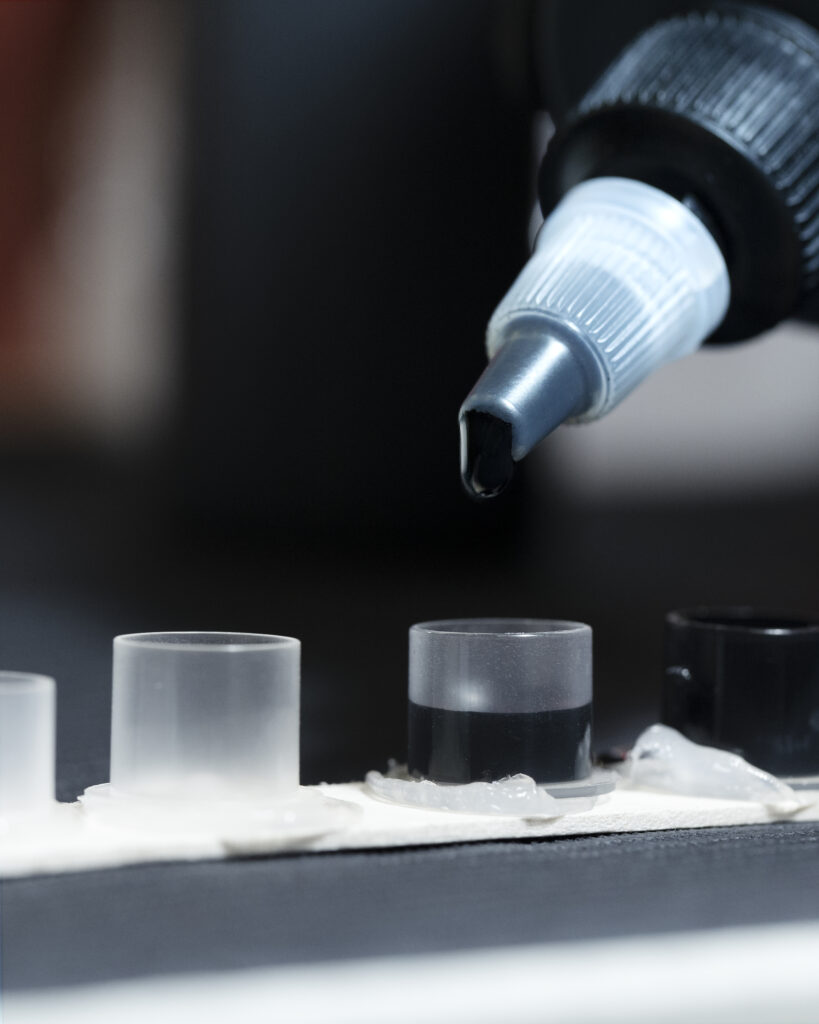
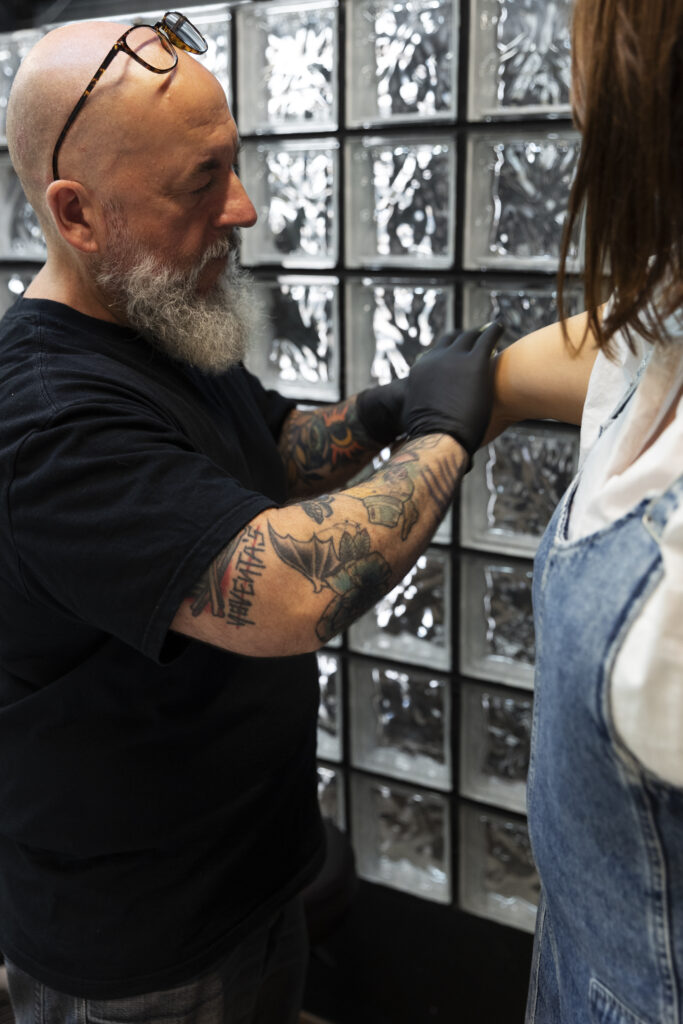
Choosing the Right Background for Showcasing Healed Tattoos
The background in tattoo photography is just as important as the tattoo itself. A well-chosen backdrop can enhance the visual appeal of the tattoo while ensuring that it remains the focal point of the image. Neutral backgrounds, such as white or gray, are often preferred as they allow the colors of the tattoo to pop without distraction.
However, textured backgrounds, like brick walls or natural landscapes, can add an interesting dimension to the photograph, creating a more dynamic composition. The key is to select a background that complements rather than competes with the tattoo. In addition to color and texture, consider the context of the tattoo when choosing a background.
For instance, if the tattoo has a nature theme, incorporating elements like greenery or floral arrangements can create a harmonious connection between the artwork and its surroundings. Conversely, urban settings may work well for tattoos with a more modern or edgy design. Ultimately, the background should enhance the story behind the tattoo while ensuring that it remains the central focus of the photograph.
Utilizing Props to Complement Healed Tattoo Photography
Props can serve as powerful tools in tattoo photography, adding layers of meaning and context to the images. When selecting props, it’s essential to choose items that resonate with the theme or story behind the tattoo. For example, if a tattoo features elements of nature, incorporating flowers, leaves, or stones can create a cohesive visual narrative.
Props should not overshadow the tattoo but rather enhance its significance and aesthetic appeal. Additionally, props can help create a more engaging composition by adding depth and interest to the photograph. Items such as jewelry, clothing, or even personal belongings can be strategically placed in the frame to draw attention to specific aspects of the tattoo.
For instance, if a tattoo features intricate line work, placing a delicate bracelet nearby can highlight the artistry of both elements. The careful selection and placement of props can transform a simple photograph into a captivating piece of art that tells a story.
Editing Tips for Enhancing Healed Tattoo Images
Post-processing is an essential step in enhancing healed tattoo images, allowing photographers to refine their work and bring out the best in each shot. One of the first steps in editing is adjusting exposure and contrast to ensure that the colors are vibrant and true to life. Increasing contrast can help define the lines and details of the tattoo, making it stand out against the skin.
However, it’s crucial to strike a balance; over-editing can lead to unnatural results that detract from the authenticity of the artwork. Color correction is another vital aspect of editing healed tattoo images. Tattoos often have a range of colors that may appear differently under various lighting conditions.
Using editing software to adjust saturation and hue can help achieve a more accurate representation of the tattoo’s colors. Additionally, sharpening tools can be employed to enhance fine details without compromising the overall quality of the image. By taking time in post-processing, photographers can elevate their images and ensure that they do justice to the artistry of healed tattoos.
Capturing Different Angles to Highlight Healed Tattoos
Exploring various angles when photographing healed tattoos is crucial for showcasing their full beauty and complexity. Each angle offers a unique perspective that can reveal different aspects of the design, allowing viewers to appreciate its intricacies fully. For instance, shooting from above may highlight larger tattoos on an arm or back, while close-up shots can capture fine details like shading and line work.
Experimenting with angles not only adds variety to a portfolio but also helps convey different emotions associated with each piece. In addition to traditional angles, consider incorporating unconventional perspectives into your photography. Low-angle shots can create a dramatic effect, emphasizing the size and impact of larger tattoos.
Conversely, high-angle shots may provide an intimate view that draws attention to smaller designs. By diversifying your approach and capturing tattoos from multiple viewpoints, you can create a more comprehensive representation of each piece while keeping your audience engaged.
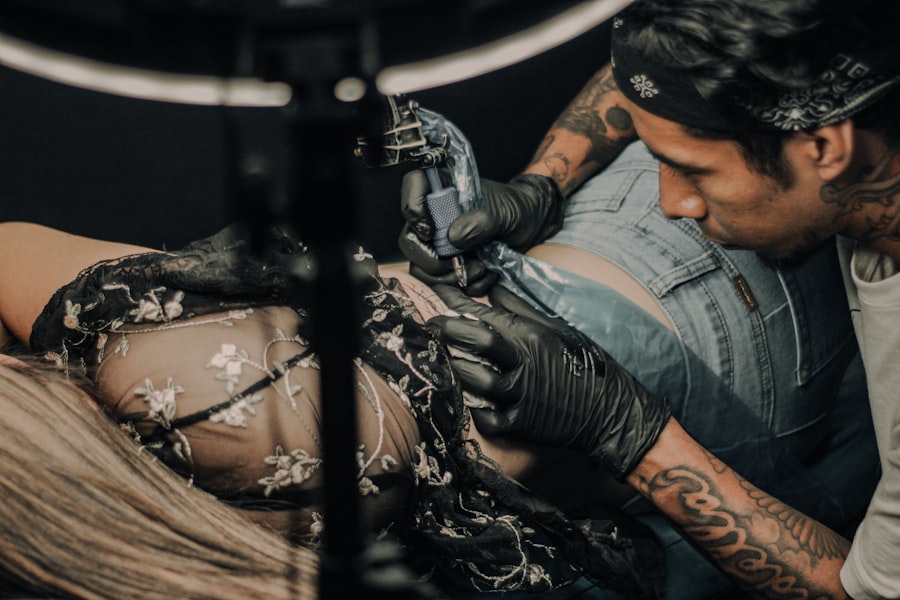
Incorporating Models to Showcase Healed Tattoos in a Unique Way
Using models in tattoo photography adds an element of human connection that can enhance the overall impact of the images. Models bring life to tattoos by showcasing them in real-world contexts, allowing viewers to see how they interact with movement and expression. When selecting models, it’s essential to choose individuals who resonate with the style and theme of the tattoos being photographed.
This alignment creates a more authentic representation and helps convey the story behind each piece. Moreover, incorporating models allows for dynamic compositions that capture movement and emotion. Posing models in natural settings or engaging them in activities that reflect their personalities can create compelling narratives within each photograph.
For example, a model with a nature-themed tattoo could be photographed in an outdoor setting, surrounded by greenery or flowers. This approach not only highlights the tattoo but also creates an engaging visual story that resonates with viewers on multiple levels.
Utilizing Natural Light for a Soft and Flattering Healed Tattoo Photography
Natural light is often regarded as one of the best sources for capturing healed tattoos due to its ability to create soft and flattering images. The gentle illumination provided by natural light helps minimize harsh shadows while enhancing skin tones and colors within tattoos. Photographers should aim to shoot during times when sunlight is diffused—such as on overcast days or in shaded areas—to achieve an even distribution of light across their subjects.
In addition to timing, understanding how natural light interacts with different surfaces is crucial for effective photography. For instance, shooting near windows or under trees can create beautiful dappled light effects that add depth and interest to images. Photographers should experiment with various locations and times of day to discover how natural light influences their work.
By harnessing this resource effectively, they can produce stunning photographs that showcase healed tattoos in their best light.
Tips for Sharing Healed Tattoo Photography on Social Media Platforms
Sharing healed tattoo photography on social media platforms requires strategic planning to maximize engagement and reach. First and foremost, it’s essential to choose high-quality images that accurately represent both the tattoo and its artistry. Clear, well-composed photographs are more likely to capture attention and encourage sharing among followers.
Additionally, using relevant hashtags related to tattoos and art can help increase visibility within niche communities. Engaging with followers is equally important when sharing tattoo photography online. Responding to comments and messages fosters a sense of community and encourages further interaction with your content.
Collaborating with other artists or influencers within the tattoo community can also expand your reach and introduce your work to new audiences. By combining high-quality imagery with thoughtful engagement strategies, photographers can effectively showcase healed tattoos while building a loyal following on social media platforms.
FAQs
What are some tips for photographing healed tattoos for social media?
Some tips for photographing healed tattoos for social media include using natural light, finding a clean and uncluttered background, and using a high-quality camera or smartphone with a good resolution.
Why is natural light important for photographing healed tattoos?
Natural light helps to accurately capture the colors and details of the healed tattoo. It also reduces the need for artificial filters or editing, resulting in a more authentic representation of the tattoo.
What are some recommended backgrounds for photographing healed tattoos?
Recommended backgrounds for photographing healed tattoos include solid colored walls, wooden surfaces, or natural outdoor settings. The background should complement the tattoo without distracting from it.
How can a high-quality camera or smartphone improve tattoo photography for social media?
A high-quality camera or smartphone with a good resolution can capture the fine details and intricacies of the healed tattoo, resulting in a more professional and visually appealing photograph for social media.
Are there any editing tips for enhancing healed tattoo photographs for social media?
When editing healed tattoo photographs for social media, it’s important to enhance the colors and details without altering the true appearance of the tattoo. Avoid over-editing and strive for a natural and authentic representation.
